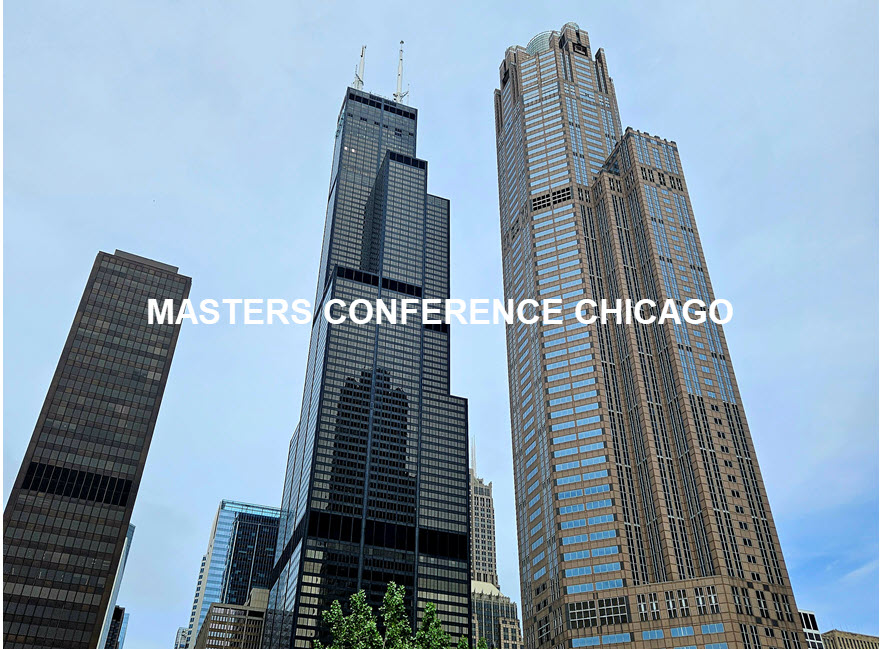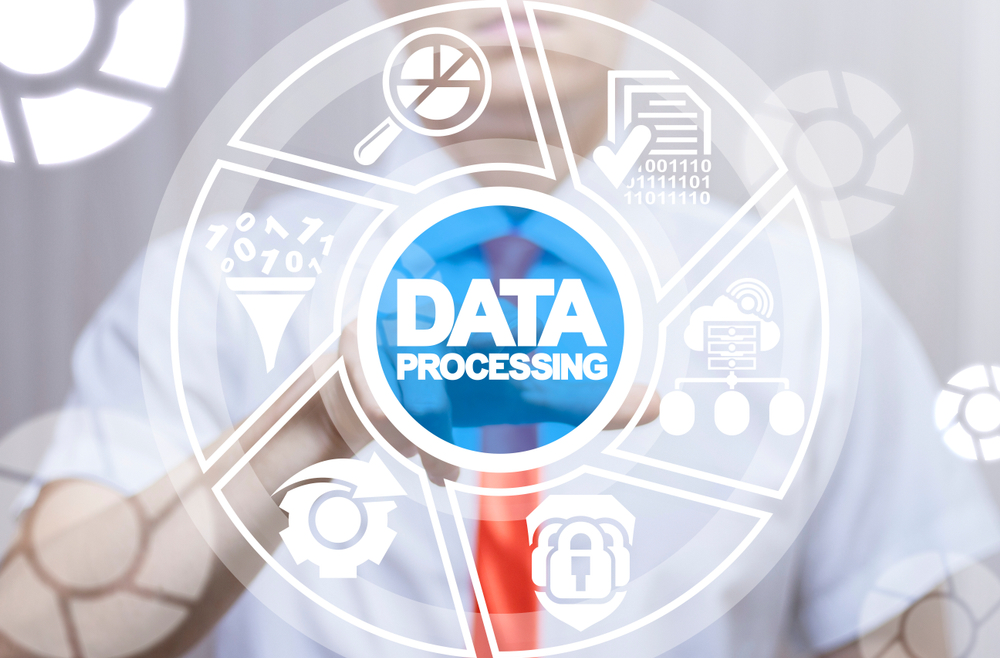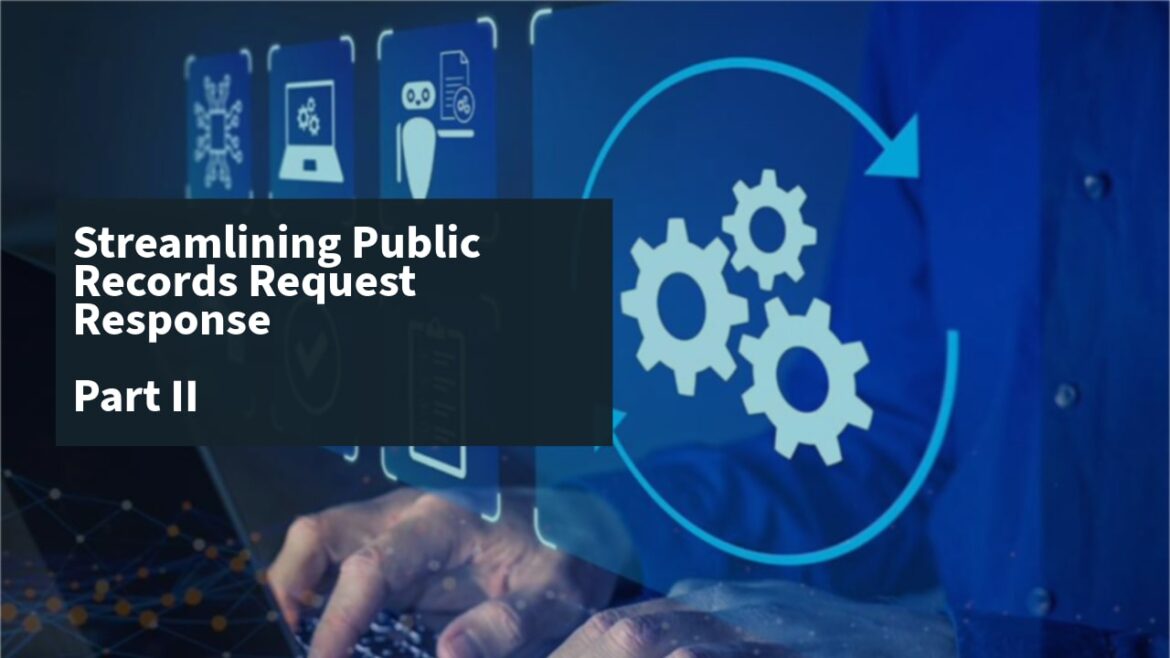Integrating Data Law: Bridging eDiscovery, Privacy, Cyber, Records, Analytics, AI Advisory, and Beyond
Insights from The Masters Conference Chicago – May 20th, 2025
In a dynamic and data-driven legal environment, the once-separate domains of eDiscovery, privacy, cybersecurity, records management, and AI legal advisory are converging into a single, multifaceted discipline: Data Law. At The Masters Conference in Chicago, a diverse legal professional panel explored how law firms and corporations can adapt by building integrated teams and workflows that reflect this evolution.
Panelists:
- Jay Carle – Seyfarth Shaw
- Jason Priebe – Seyfarth Shaw
- Natalya Northrip – Medallia
- Amanda Metts – Baxter
- Paul Noonan – United Airlines
- Jenny Hamilton – Exterro
The End of the Siloed Approach
Jay Carle (Seyfarth Shaw) opened the discussion by noting that traditional silos are breaking down. “These disciplines are starting to overlap more and more. The siloed approach doesn’t work when it comes to managing risk. Everything needs to be interconnected.” This theme resonated throughout the session, with each panelist emphasizing how integration enhances control, efficiency, and legal defensibility.
Cross-Functional Collaboration in Action
Paul Noonan (United Airlines) illustrated how information governance and eDiscovery are aligning more closely, particularly in understanding and managing the corporate data footprint. Noonan mentioned that they have a suite of approved applications for oversight, but there are always rogue apps like WhatsApp. That’s where internal education and policy enforcement become critical.
Amanda Metts (Baxter) highlighted the necessity of clear, enforced preservation and collection policies within legal departments, and noted that being in legal, preservation is inevitable so policies must be enforceable and aligned across departments.
Jenny Hamilton (Exterro) provided a unique perspective from both the legal and tech sides, explaining that while a law firm might benefit from separate departments, corporations need cross-departmental alignment. Hamilton said that litigation and IT need to work hand-in-hand. Identify the greatest risks, but also accept that some risk is inevitable.
AI, Privacy, and Cybersecurity – Managing the Convergence
Jason Priebe (Seyfarth Shaw) noted the growing complexity with generative AI (GAI). He said that some clients are exploring GAI models cautiously, while others are saying no entirely. Regardless, there must be centralized command and control over which apps are used, how data is retained and secured, and how discovery protocols are enforced, especially when working with opposing counsel.
He stressed the importance of having clear protective order templates and requiring outside parties to adhere to the same security standards when handling data.
Natalya Northrip (Medallia) reinforced that even if GAI policies are in flux, organizations should have internal panels that shape them across departments, ensuring responsible innovation.
Building Governance That Works
The conversation turned practical when the audience asked how to effectively enforce policies. Noonan suggested publishing policies company-wide and performing regular audits. He emphasized that litigation is also a great check and that employees subject to legal holds are more aware of the policies. Carle added that repetition is key: Constant messaging keeps data policies top of mind.
Priebe recommended leveraging technology solutions that analyze data throughout an enterprise to support classification and governance across various data law functions.
On change management, Noonan emphasized structured rollouts and company-wide communication. He said that they already have change management processes in place to ensure employees understand and follow new policies.
The Takeaway: Integration is the Future of Data Law
All panelists agreed: modern legal matters require a holistic, integrated approach to data. Whether it’s a litigation hold, responding to a regulatory inquiry, or deploying new AI tools, legal teams need to understand how privacy, cybersecurity, records, and discovery intersect, and be prepared to respond cohesively.
For both law firms and corporate legal departments, the challenge is to build multidisciplinary teams, foster internal alignment, and ensure everyone from technologists to litigators knows how to navigate today’s overlapping data risks.
As Carle aptly concluded, that at the very least, attorneys need to know who to call internally. That kind of awareness is the minimum standard in today’s legal landscape.











